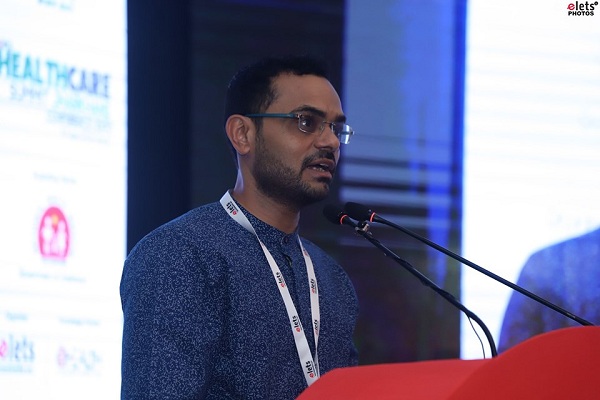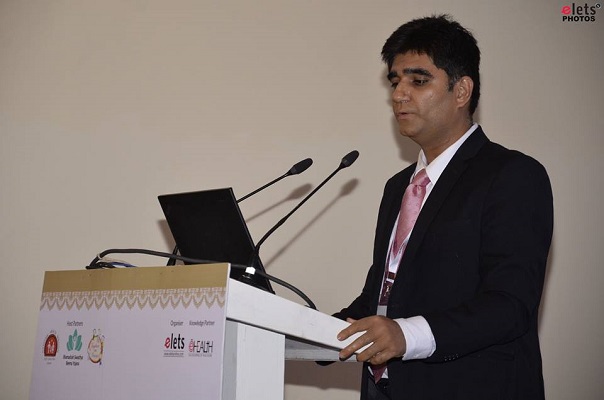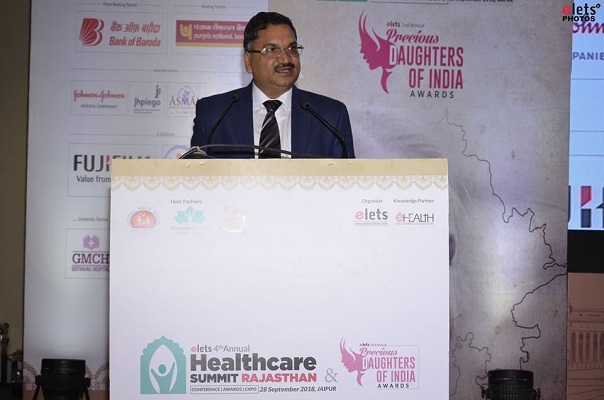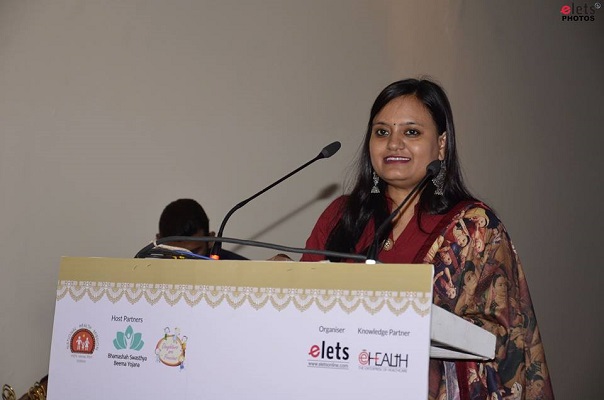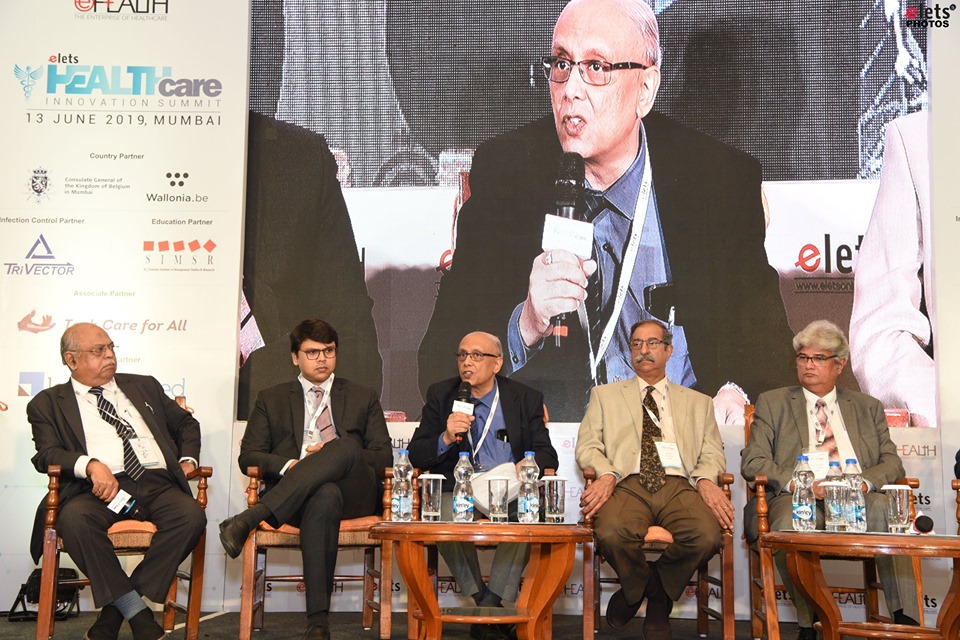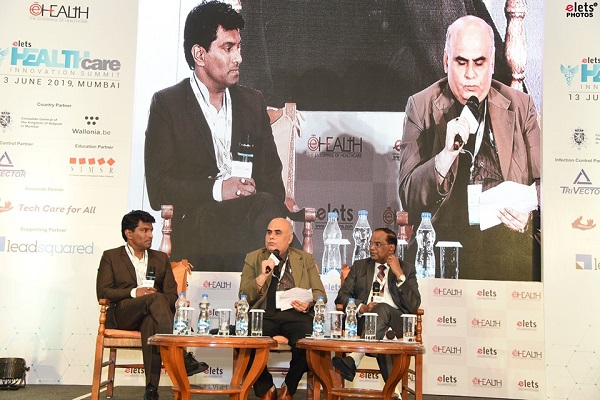
Health and well-being in Finland is not an issue of individual or families but the responsibility of public sector and obligation of the State, said EriK af Hallstrom, Deputy Head of Mission, Embassy of Finland, New Delhi, while delivering a speech at Healthcare Innovation Summit in New Delhi.
He shed light on best practices by the Finland and how the country has set an example for other s to follow upon.

“In Finland, the State guarantees everyone access to health, education and livelihood. Rich, poor and the middle-class everyone use public health. Our constitution says that the public authority shall guarantee everyone adequate social, health & medical services and promote health of the nation, he said.
How does public healthcare system works in Finland?
In Finland, we have public health stations which are open to all citizens and residents. Primary healthcare services are provided by Municipal Health Centers and specialised medical care is provided by district hospitals. We also have private doctors and hospitals but services are more expensive.

Private healthcare services include doctors, health counseling, health education, medical and clinical examination, dental health services, emergency and home care services.
Public healthcare in Finland is not free but charges are very reasonable. It is the responsibility of municipalities and primarily funded by taxes. In comparison to other European countries, taxes are high in Finland. The clinic monitors health of women and child.
Primary Healthcare in Finland
Finland is divided into some 450 municipalities. Each municipality is responsible for arranging healthcare for its inhabitants. Primary healthcare is provided by health centres established by a single municipality or jointly by neighbouring municipalities.
Specialist Care
Finland is divided into 20 hospital districts, each providing specialist consultation and care for its population. Local municipal authorities are responsible for funding specialist treatment for inhabitants of their areas.
How Finland’s healthcare system evolved over the years?
One must understand conditions are different in different countries. There shouldn’t be any discrimination in providing healthcare services. States must ensure everyone the access to quality healthcare.
Finland healthcare delivery model didn’t develop overnight. The country was very poor in the nineteen century. We faced civil war too.
Central public hospitals were established in 1960-70s. We developed hospital system in 1950s and national health insurance scheme in 1960s and increased number of doctors in 1970s. We incorporated social and health services in 1980s.
Healthcare data speaks volume about its healthcare delivery model
Though, Finland has come a long way boosting the system, health problems still exist in the country. Drug and tobacco are main issues in Finland.
According to statics, the country has done well in healthcare. 9 percent of its GDP is spent on healthcare. Life expectancy of newborn males is 89 years while for boys and newborn females the figure is 84. Death rate for children under five is less than three per thousand. Maternal death rate is very low. Vaccination coverage for small children is 95 percent and many diseases like rabies, measles, and tuberculosis are totally controlled or eradicated.
Be a part of Elets Collaborative Initiatives. Join Us for Upcoming Events and explore business opportunities. Like us on Facebook , connect with us on LinkedIn and follow us on Twitter , Instagram.


